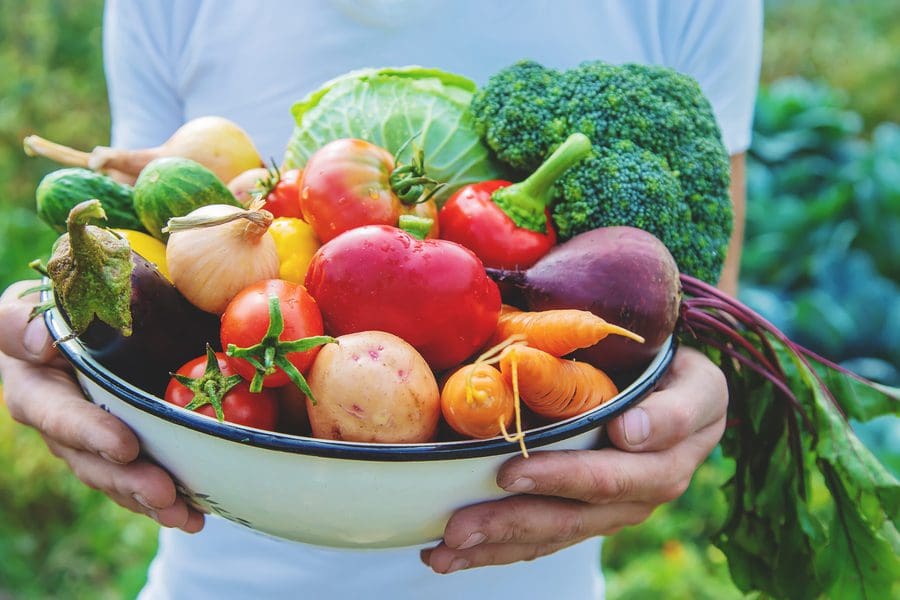If you’re a gardening novice, the idea of starting a vegetable garden might bring along a bit of anxiety. Still, the fact that you haven’t done something before should never stop you from accomplishing it now. With that in mind, here are some essential tips for first-time gardeners.
Keep it Small
If you’re new to gardening, you will learn rather quickly how tedious tending to new veggies can be. Baby plants need a lot of attention, so start with a manageable plot. Focus on a single location with a space of your choice.
Beginners are often surprised by the amount of work (and associated cost) a garden takes, so keeping things small, at least while you’re learning, is in your best interest.
Pick the Right Location
Take note of where the sun rises and sets from the perspective of your house. If you orient your plants from east to west, they are unlikely to get enough sun during the day. Instead, make sure they face north to south.
Certain vegetables need a minimum of 6 hours of direct sunlight a day, while others thrive in shady areas. Once you scope out your yard and select a location, pick vegetables that flourish in that lighting environment.
Invest in Your Garden
Yes, growing your own vegetables will save you money on grocery bills if you normally buy a lot of produce, but that doesn’t mean gardening is cheap, though.
You’ll need to purchase seeds, tools, soil, and any structure (wood for building the walls of raised beds, a trellis cage for tomatoes) you may need. You will also use plenty of water to maintain your garden, so prepare for that.
Be Realistic With Your Plant Selections
With a garden bed covering a ten-foot by ten-foot area, you might choose five or so vegetable types to plant. As mentioned earlier, you’ll want to select the plants that will thrive in your location. You’ll also want to choose vegetables that will get the most use in the kitchen.
If your garden is successful, you’ll have an abundance of produce. If you only use tomatoes occasionally, it doesn’t make sense to plant them. Be picky in the seeds you select and only invest in them if you know you and your family will literally reap what you sow.
Pay Attention to the Layout
For those of you not familiar with farming, there are two methods of planting: intensive cropping or row cropping. Either way works; it’s just a matter of personal preference.
Row cropping means planting your seeds in rows, a little less than two feet apart. It is an excellent layout for beginners, as it allows you to weed your space while also giving you enough room to pick your produce comfortably.
Intensive cropping means less space between plants, which means you can grow more. Weeding will be more difficult, as the plants will grow so close together that their leaves may touch at the tips. Finding the proper spacing for specific crops will require additional research to determine just how much space they need.
Vegetable gardens are extremely rewarding. There’s nothing quite like serving a meal fresh from the garden. However, tending to a vegetable garden for the first time can be challenging. These tips should help you bypass these challenges, so your only concern is how to serve your fresh produce!






